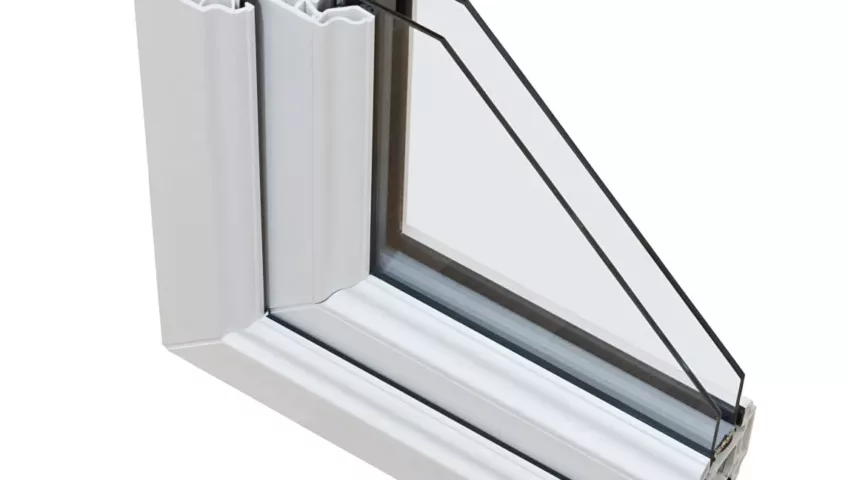We all know that double glazing is more energy efficient than single glazing. And we all know that there are two panes of glass involved. But what about the science behind why double glazing is so much better than single glazing? What’s in between the panes of glass? How do double glazed windows work? Let us explain…
First of all, when we talk about double glazing, we are referring to sealed window units that contain two panes of glass within the frame.
Adding an extra, single pane of glass in front of an existing window is called secondary glazing and although doing this will carry many of the benefits of a double glazed window, this is not what we’re interested in in this article.
Briefly, double glazed windows work by trapping a layer of air between two panes of glass. In between the two panes of glass, the air acts as an insulator, lessening the amount of heat transfer from one side of the entire glazed unit to the other.
The reason that double glazing is so ubiquitous these days is because of these energy performance qualities.
Double glazing reduces the amount of colder air getting into a property, but also it helps maintain the temperature of the interior of the home as heat transfer is reduced both ways.
What’s the History of Double Glazing?
The first double glazed window of the sort we recognise today is thought to have originated in Scotland back in Victorian times.
In the interwar period in the 1930s, double glazing technology became more prevalent after it spread to America. An inventor — C. D. Haven — came up with a name for his version of the modern double glazed unit: The Thermopane.
Soon enough, the Thermopane became synonymous with wealth and luxury, as it provided such high levels of comfort in the home and the double glazed window became popular throughout the US.
In the UK, however, double glazing uptake was slower, only really taking off in a significant way in the 1970s.
Before then, expensive double glazing was not fitted to many homes as building regulations didn’t require it and property builders did not feel the need to invest in energy efficient technology in their homes.
With the introduction of cheaper materials to make window frames in the 70s — principally aluminium — came a willingness to change with the times and double glazing costs fell as the manufacture of double glazed units rose.
What About Contemporary Double Glazing?
Manufacturers have refined their processes and changed how windows are assembled and installed to ensure the design of double glazed windows remains as energy efficient and versatile as possible.
First of all, the space between the two panes of glass is now commonly filled with argon gas, which has a much lower thermal conductivity than the air outside.
This is why it’s so important to repair blown seals — if your windows look misted up on the inside, it’s likely the seal around the glazed unit has been broken and you aren’t getting the thermal performance that you once did from your window.
Furthermore, modern sealing and affixing is extremely efficient too. The thermal rating of the gaskets that secure the glass in place is rated and constantly improved while technology ensures windows are held exactly in place with an airtight seal.
The plastics used to keep the glass apart and the structure of the unit intact are also non-conductive, to make sure the highest levels of energy efficiency are consistent across the entire unit — not just the glass and the frame.
A Word on Energy Ratings
All windows have an overall energy rating and it’s important to research what this means for you and your property. Although it’s a simple grading system, exactly what the grades mean and the criteria they are judged by is good to keep in mind.
Windows are rated from an “A++” grade down to “E.”
If a window is rated at a “B” grade or lower, it will lose more energy than it creates. You should always look to get “A” graded windows.
The criteria for these ratings are:
- Thermal transmittance measurements
- Air leakage
- Solar energy absorbance.
Ask us about our windows and why we think we have the best in the business! Whether it’s a roof lantern or a new conservatory roof you’re after, Premier Roof Systems only fit the best glazing units.

Write a Comment